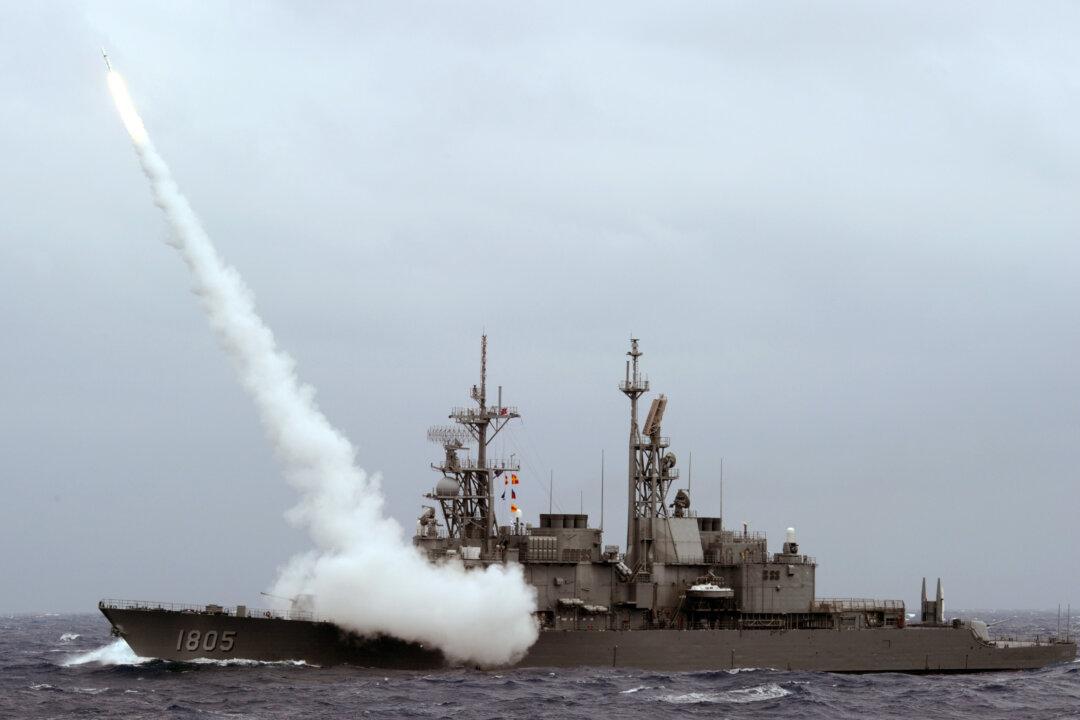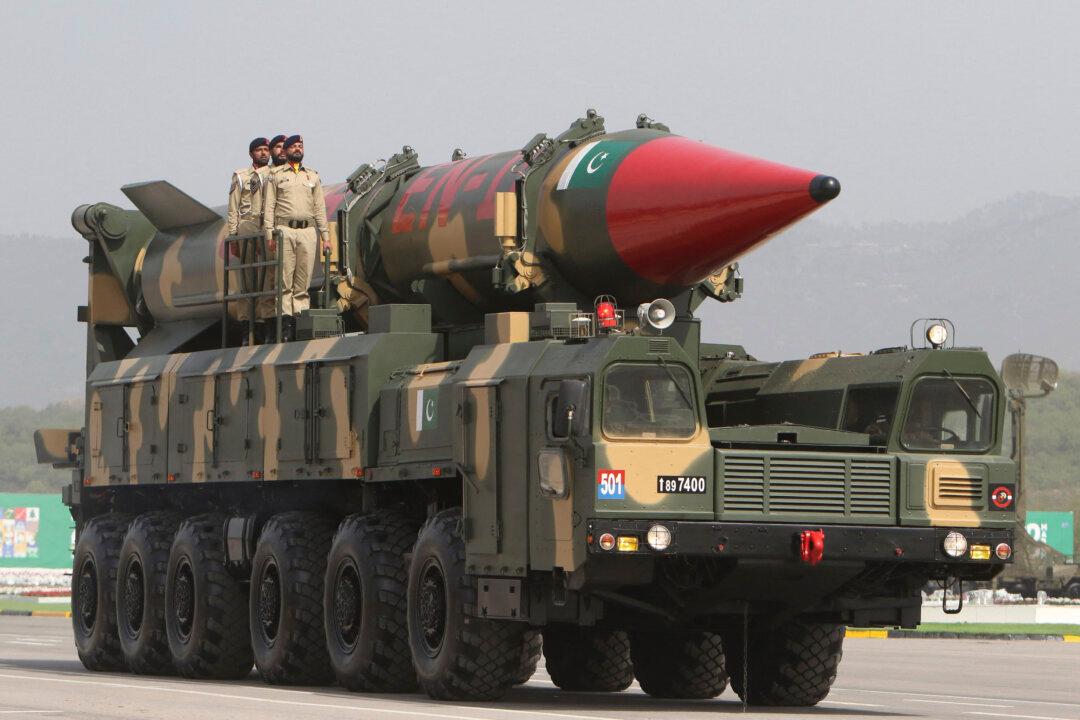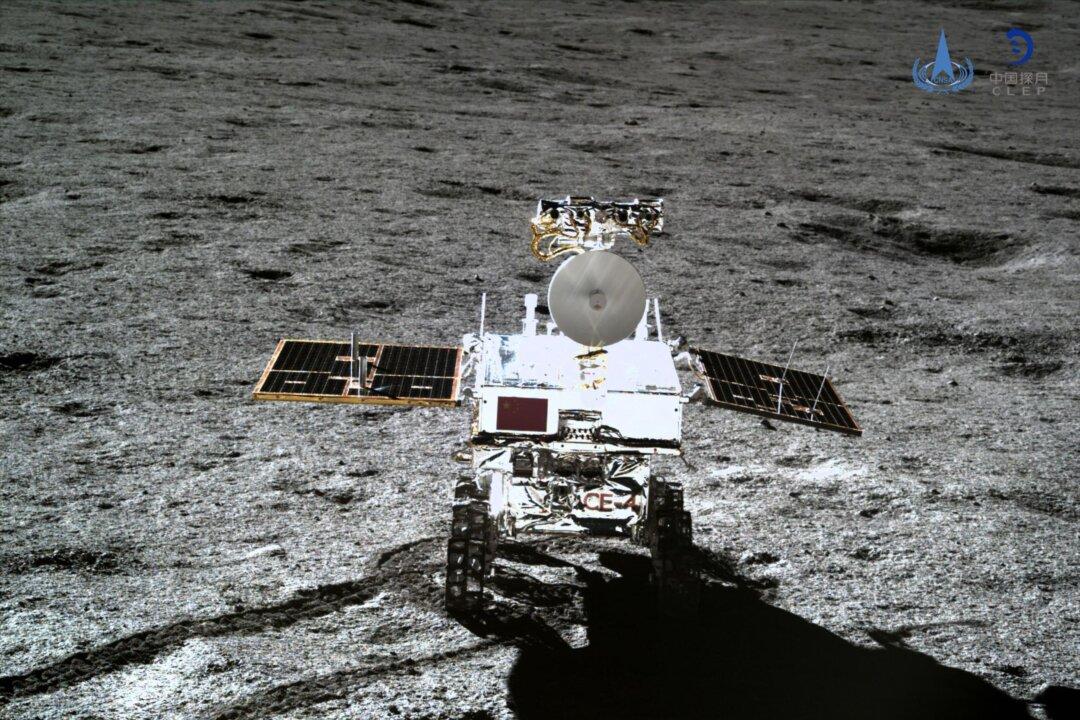In lieu of formal state-to-state relations with Taiwan, the 1979 Taiwan Relations Act (TRA) of the U.S. Congress has for forty years provided a flexible framework for the United States to sustain economic, political, and military relations with one of Asia’s most vibrant democracies.
Taiwan is a valuable democratic partner that was a Mutual Defense Treaty ally until the end of 1978, and the TRA is not an alliance. But under the TRA’s aegis, the United States can pursue its interest in Taiwan having the military capabilities needed to deter attack from Communist China.





